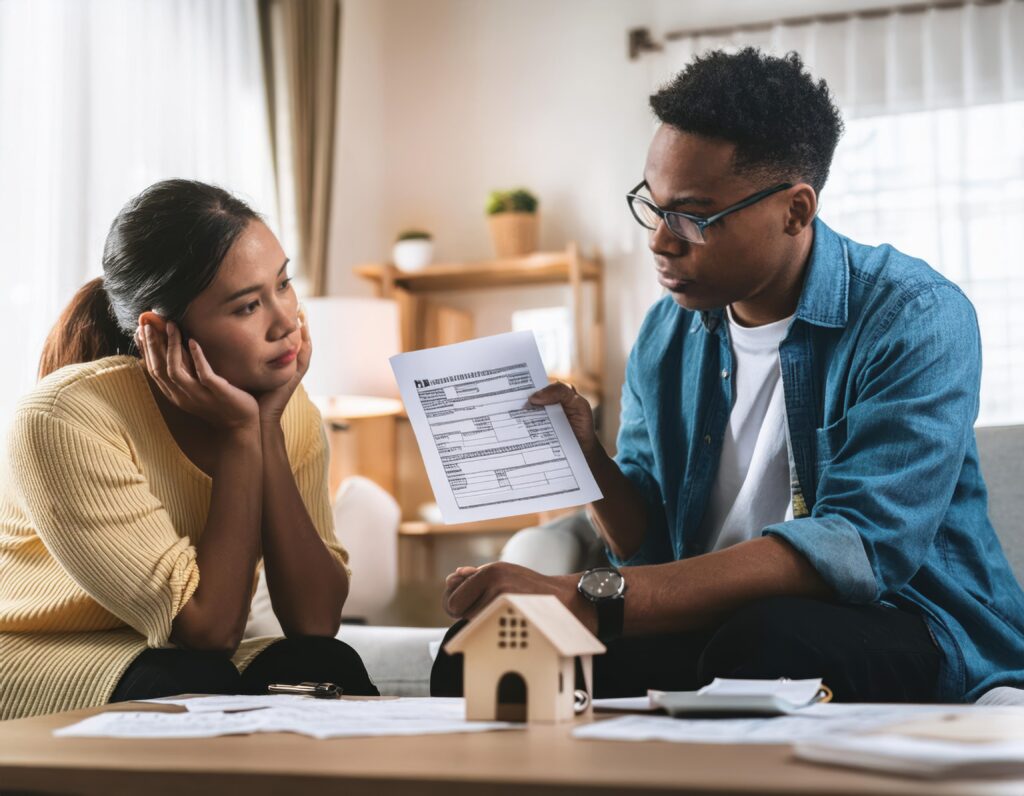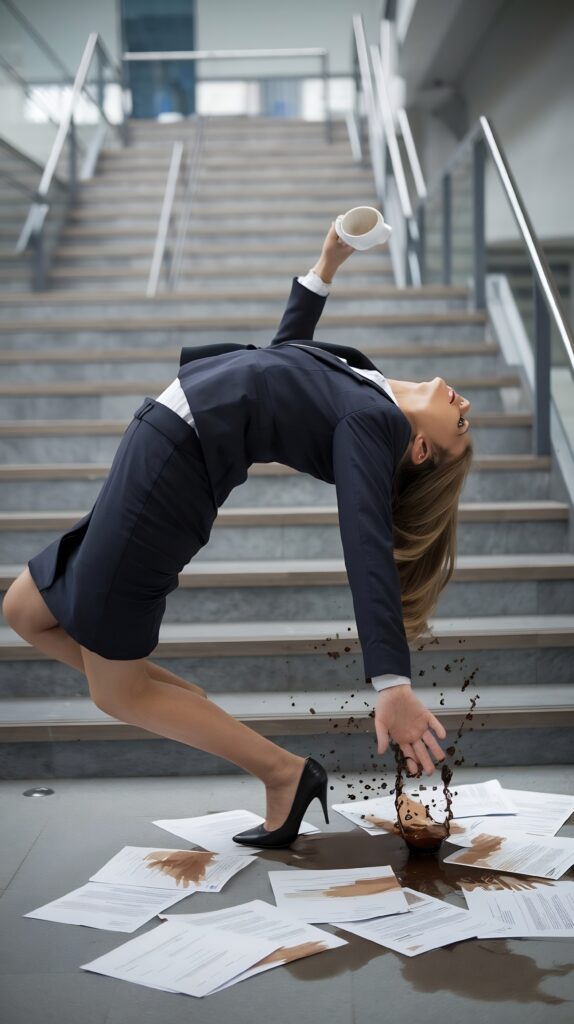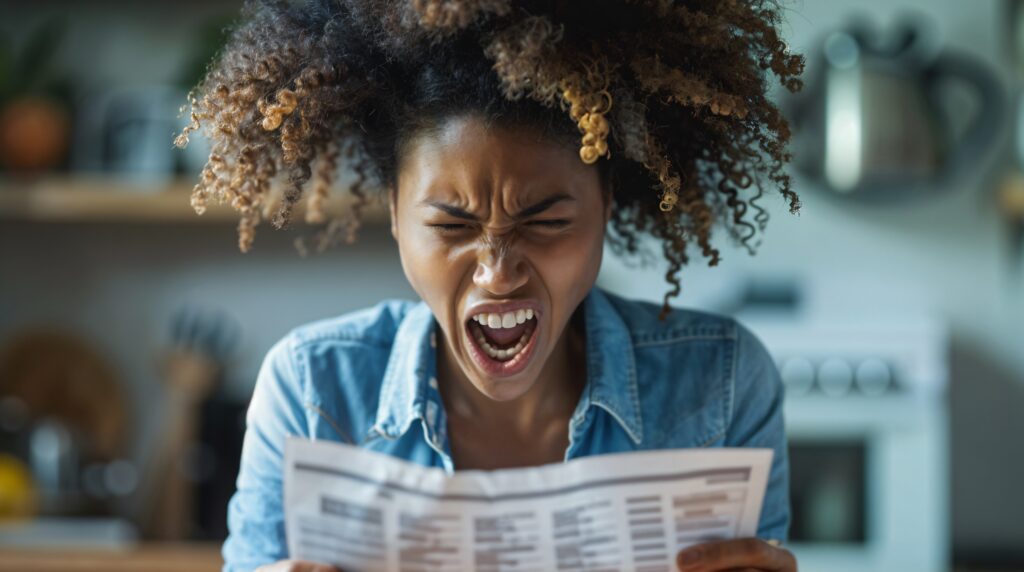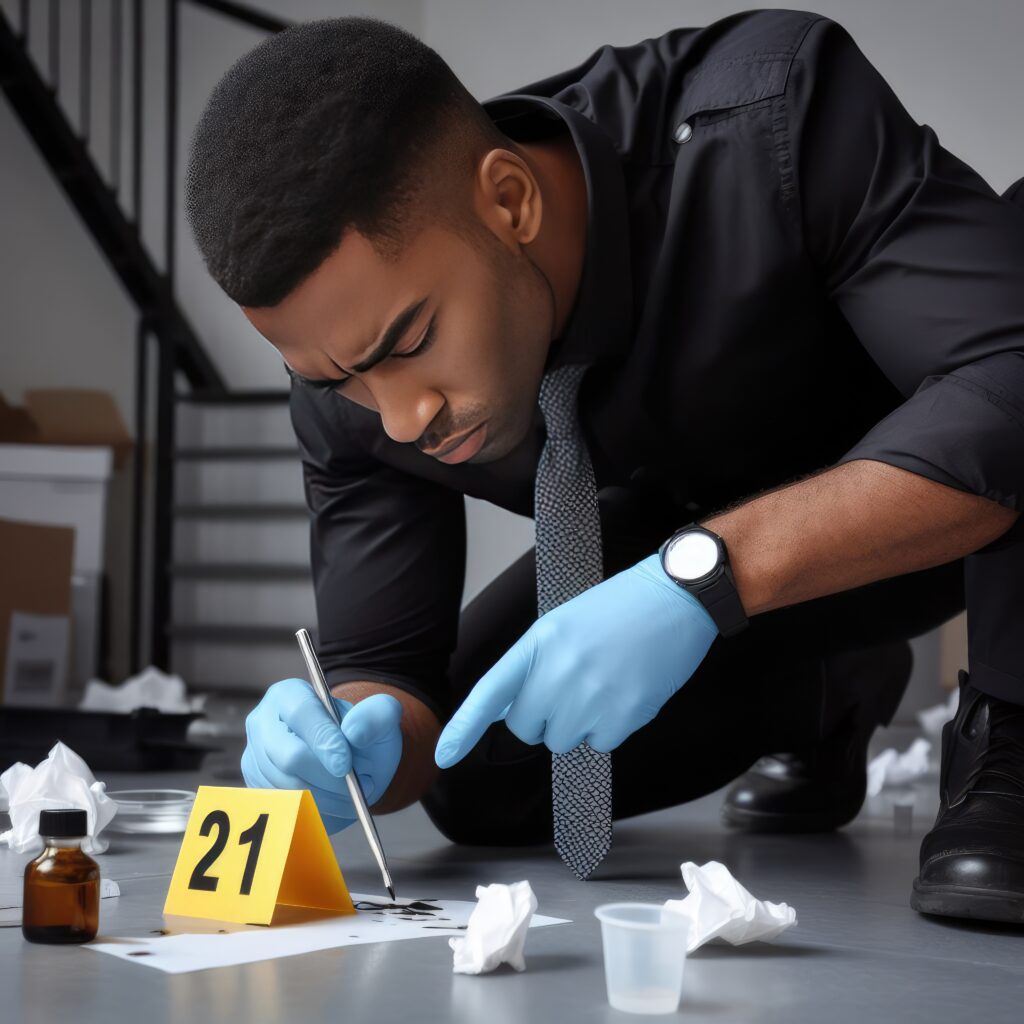Slip and fall accidents can lead to serious injuries, impacting a person’s health, finances, and ability to work. Property owners have a legal obligation to maintain safe conditions, yet hazards such as wet floors, uneven pavement, or poorly lit walkways can put visitors at risk. If you were injured due to a dangerous condition on someone else’s property, you may be entitled to
compensation for medical bills, lost wages, and pain and suffering.
When entering a business, restaurant, retail store, or professional office, individuals have a reasonable expectation of safety. Property owners are responsible for:
● Maintaining walkways free of hazards
● Cleaning spills and debris promptly
● Providing adequate warning signs for known dangers
If a property owner fails to uphold these responsibilities, they may be liable for injuries that occur as a result. Slip and fall cases often involve head trauma, spinal injuries, broken bones, or long-term mobility issues, making it essential to seek medical attention and legal guidance immediately.

In a slip and fall case, liability is typically established if:
● The property owner created the dangerous condition
● They knew about the hazard and failed to address it
● They should have known about the condition but failed to take reasonable steps to fix it
Evidence such as security footage, witness statements, and maintenance records can help demonstrate that the owner failed to provide a safe environment.
If a fair settlement cannot be reached, legal teams may use the discovery process to obtain additional information about the property owner’s safety protocols, prior complaints, and history of negligence.

Texas follows a modified comparative fault rule, which considers whether the injured party shares responsibility for the accident.
● If a plaintiff is found 51% or more responsible, they cannot recover damages.
● If the plaintiff is less than 51% responsible, compensation is reduced in proportion to their level of fault. For example, if a person is found 30% at fault, their total compensation would be reduced by 30%. A plaintiff’s awareness of warning signs, distractions at the time of the fall, or presence in a restricted area may impact their case. An experienced personal injury attorney can work to minimize liability assigned to the victim and strengthen the claim against the property owner.

In Texas, the statute of limitations for filing a slip and fall lawsuit is generally two years from the date of the incident.
● Failure to file within this timeframe can result in losing the right to compensation.
● Exceptions may apply, such as cases involving minors or injuries that were not immediately apparent.
Consulting with a personal injury lawyer early ensures that all deadlines are met and evidence is preserved.

Personal injury cases involving slip and fall accidents can be complex, particularly when property owners or insurance companies dispute liability. Legal representation can help:
● Investigate and gather evidence to prove negligence
● Negotiate with insurance companies for a fair settlement
● File a lawsuit if necessary to secure compensation for medical bills, lost wages, and long-term damages
Find Legal Assistance for Your Slip and Fall Case. Recovering from a slip and fall accident can be physically and financially challenging. Seeking
assistance from a network of experienced personal injury attorneys can help ensure victims receive the compensation they deserve. If you or a loved one has suffered injuries due to unsafe conditions on someone else’s property, consider consulting with a qualified legal professional to explore your options.